Laser Cutting Conductive Films for Battery Tabs and Busbars
EV conductive materials benefit greatly when processed by laser technology for producing busbars and battery tabs. These critical components used in the EV industry contribute in multiple ways to the performance, safety and lifespan of EV batteries. Busbars create short and efficient conduction paths between the positive and negative terminals of battery cells. With increased efficiency and heat dissipation characteristics, busbars replace traditional wiring techniques. This is done within the same module but also busbars connect to other cells creating battery packs. The uses of busbars don’t stop there however as they are used to connect these battery packs to the vehicles’ electrical management systems. These components made from copper or aluminum in many designs are integral to EV batteries. Battery tabs are just as important to the function of EV batteries but serve a different role. Though EV technology does vary for materials used and how cells are stacked up, tabs for many designs are made from aluminum as the cathodes and made from nickel plated copper for the anode. These tabs can be called current collectors by which they gather the current from layers within the cells and can be part of the internal structure, keeping the integrity of cells intact. Relying on such important components means manufacturing them needs to be done with high precision and quality and laser manufacturing techniques have just that capability.
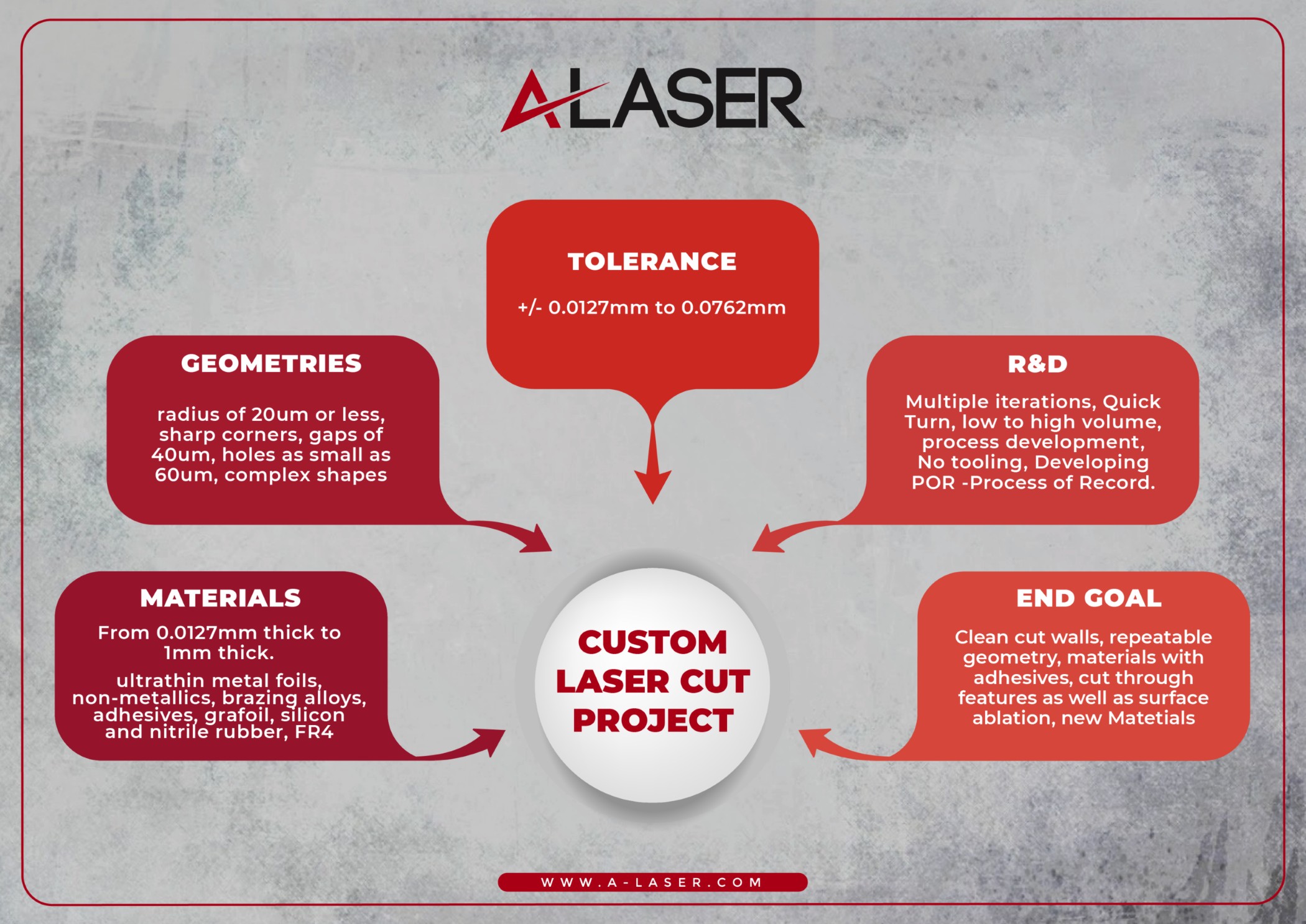
From CAD Design to Component
Laser cut busbars and battery tabs can be processed by different laser systems with the use being determined by the CAD file (computer aided design) and the material and thickness of the material. There is no one laser cutting machine that can do it all, so the industry of laser manufacturing specialists employs these different systems in accordance with the specific job on hand. For EV conductive materials cutting, ultraviolet and fiber lasers are often the first and best choices for industry. Conductive materials can be very costly and challenging to handle for any manufacturing process outside of laser technology. The non-contact cutting does not mark, scratch, or damage these materials during the laser cut cycle. With much of this raw material stock coming on rolls, the laser utilizes vacuum beds to draw down materials, keeping them flat, which promotes high accuracy and tolerance control. For UV (ultraviolet) and fiber lasers, a tolerance of +/- 0.0254mm is standard for many projects and manufacturing of any EV battery components can be made from both systems depending on the factors mentioned on material, CAD file etc. The following guidelines will help in determining what laser will be best for your project:
- UV Laser Systems: Uses beam diameters of 20 microns and can be as accurate as +/- 0.0127mm. Small beam means intricate features are favored. Cuts with low power in a series of laser passes and specialize in cutting EV materials in thickness from 0.0127mm or thinner up to 0.254mmm but can vary per material. Low thermal impact reduces slag and burrs. Versatile in materials from metal alloys to polymers, and adhesives with relatively low powered systems from 15-100 watts.
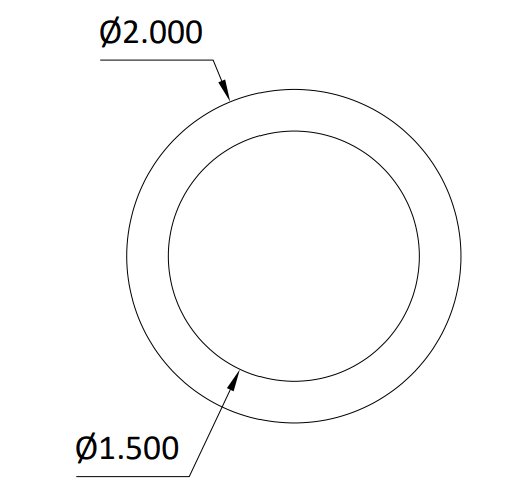
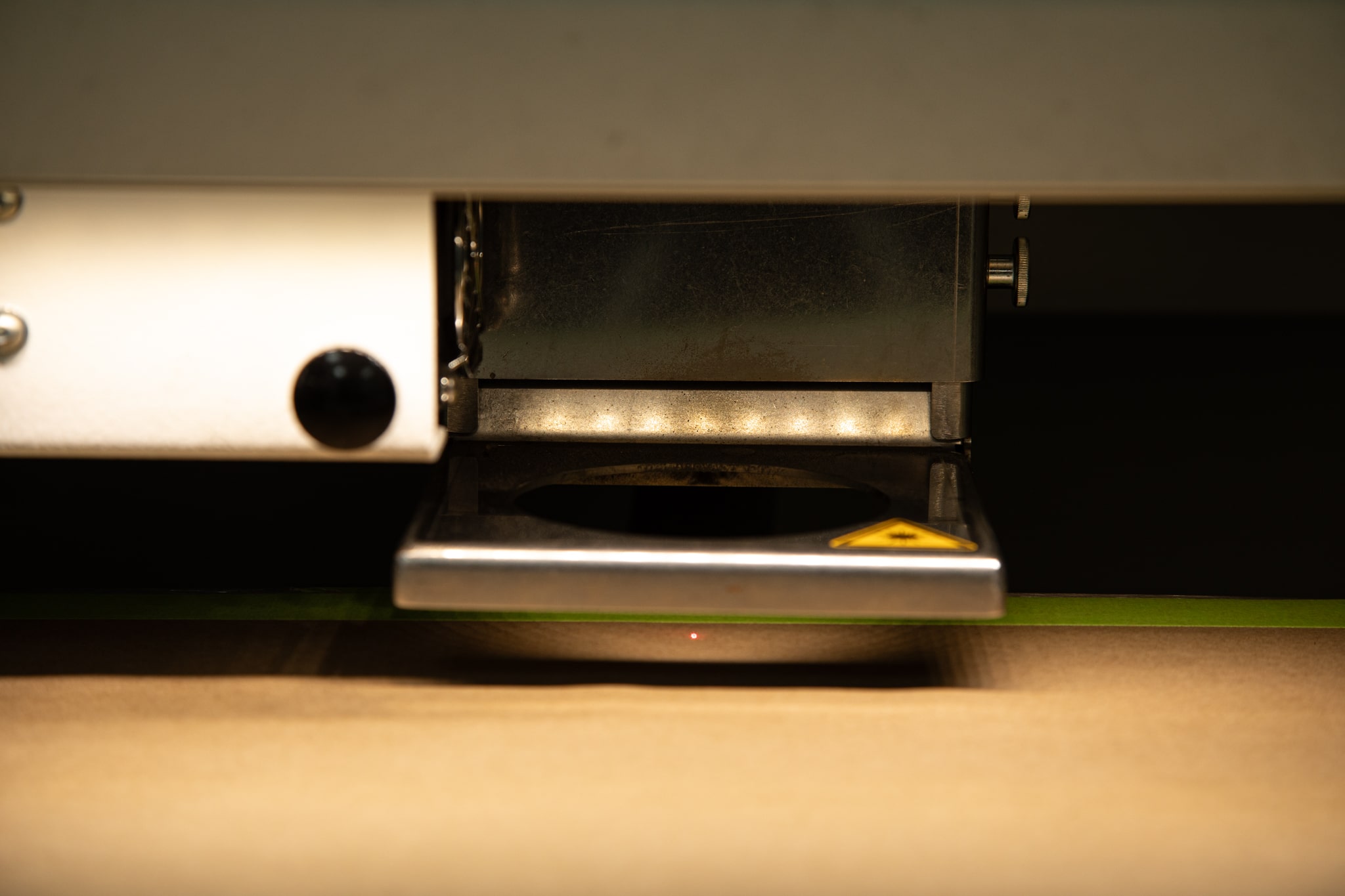
- Fiber Laser Systems: Using higher power from a few hundred watts to 4000 watts or higher. Best at cutting metal alloys from 0.254mm up to 10mm depending on the material used. Fiber lasers can have multiple cutting heads, for example in diameters of 18 microns to 35 microns. Accuracy from 0.0254mm to 0.0762mm.


Why Use Laser Technology?
Ev battery manufacturers are continuing to develop new devices while production of existing devices supports today’s demands. To do this and keep pace with new technologies, prototyping is a where laser cutting also shines as a supplier. The versatility includes no tooling costs or extensive set-up. Laser service providers can adjust to the best system to use and work with development teams to cut multiple iterations without added time or cost. Laser relies on the CAD file and material and from this, can go on as third-party supplier in both R&D and production roles.
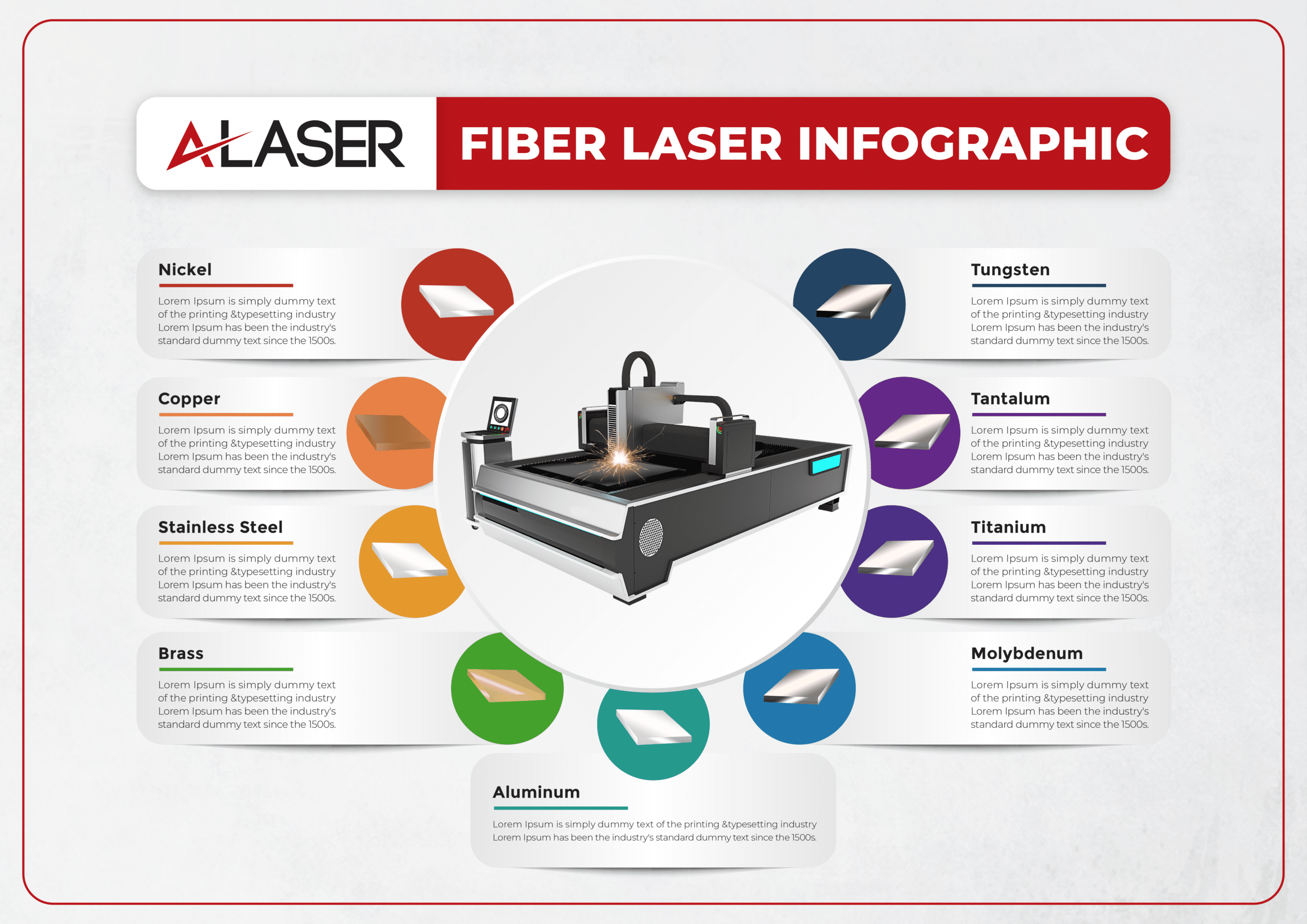
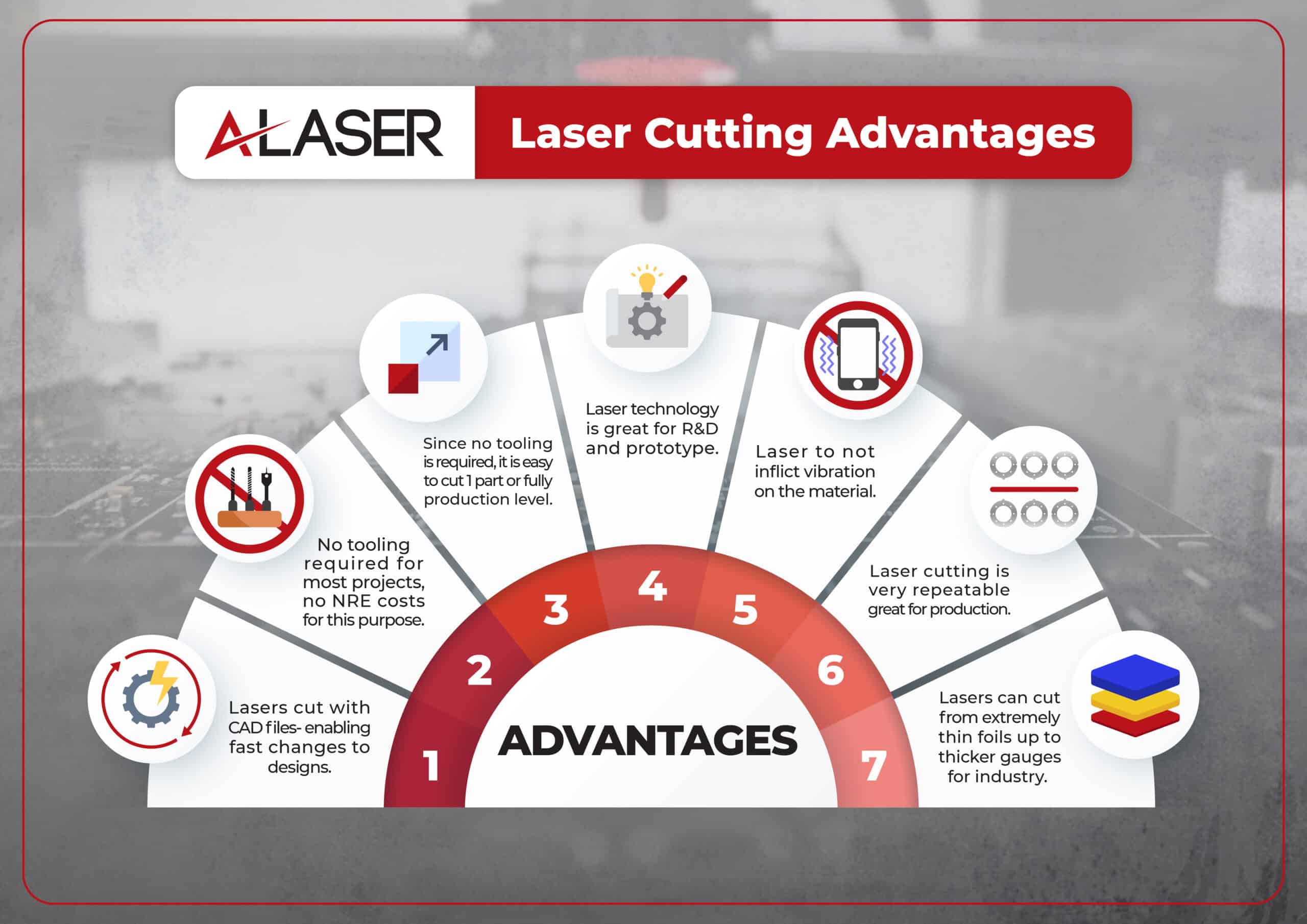
Conclusion
In the rapidly evolving landscape of EV battery development, laser cutting technology stands as an indispensable ally for manufacturers and innovators. Its unmatched precision, adaptability, and efficiency not only meet but exceed the rigorous demands of crafting critical components like battery tabs and busbars. By seamlessly accommodating complex designs and high-performance materials, laser systems empower developers to optimize battery functionality, enhance durability, and streamline production processes. As the industry pushes boundaries in energy storage and conductivity, laser cutting emerges as the bridge between today’s challenges and tomorrow’s breakthroughs, ensuring that every innovation is built on a foundation of reliability, quality, and cutting-edge craftsmanship.
